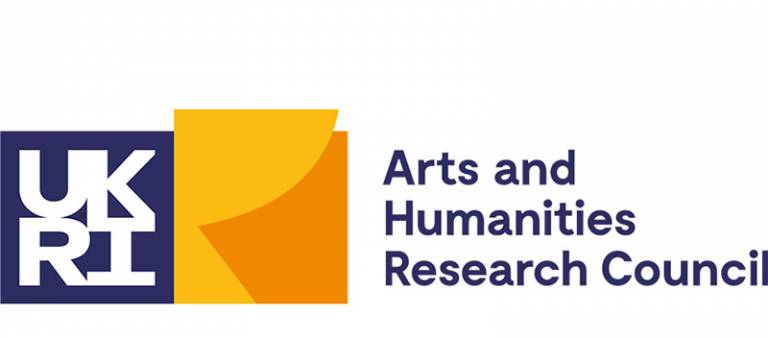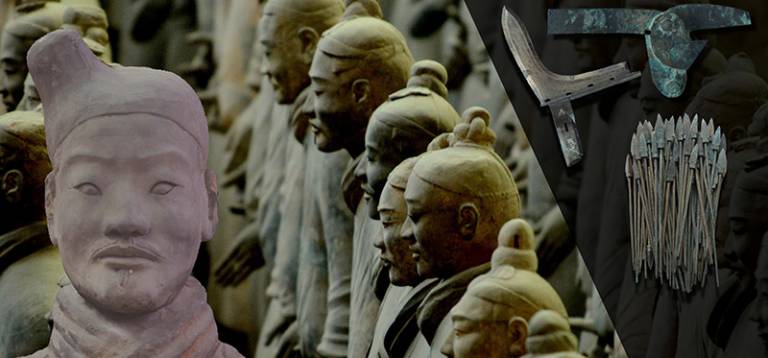AHRC award for Terracotta Army Project
1 October 2022
Andrew Bevan, Michael Charlton and Xiuzhen Li (UCL Institute of Archaeology) have been awarded AHRC funding for their project on Qin Imperial Iron, Tomb M1 and the First Emperor's Mausoleum: Character, Context and Consequence.

This innovative 4-year project, involving Xiuzhen Li, Michael Charlton and Andrew Bevan at the UCL Institute of Archaeology and further colleagues at the Museum of Emperor Qin Shihuang's Mausoleum, will pioneer the systematic study of iron objects found in the Qin First Emperor's mausoleum.

The monumental complex of Qin Shihuang is famous worldwide and often evoked as an expression of the workings of the Qin Empire in microcosm. Its Terracotta Army was equipped with thousands of functional bronze weapons, while in contrast it remains curious that iron implements are not more prominent in the complex by this stage of the 1st millennium BCE.
However, newly-excavated finds of iron swords and a suit of iron armour from tomb M1 at the mausoleum site now provide a privileged new analytical vantage point and prompt us to consider the hundreds of other iron implements from the mausoleum in far greater detail than has been attempted so far.
This project begins from the premise that iron objects are in fact a very important but often-forgotten category of evidence in the Qin story, one that can provide significant new insight on changes of industrial scale and scope in an 'Axial Age' of imperial transformation across Europe and Asia.
The project is part of a wider long-standing collaboration with the Museum of Emperor Qin Shihuang's Mausoleum in Xi’an, central China. Often referred to overall as Imperial Logistics: The Making of the Terracotta Army, this collaborative initiative has been designated a British Academy Research Project since 2012, with this status recently renewed for a further five years (2022-27).
Links
- AHRC
- British Academy
- Museum of Emperor Qin Shihuang's Mausoleum
- Imperial Logistics: The Making of the Terracotta Army
 Close
Close

